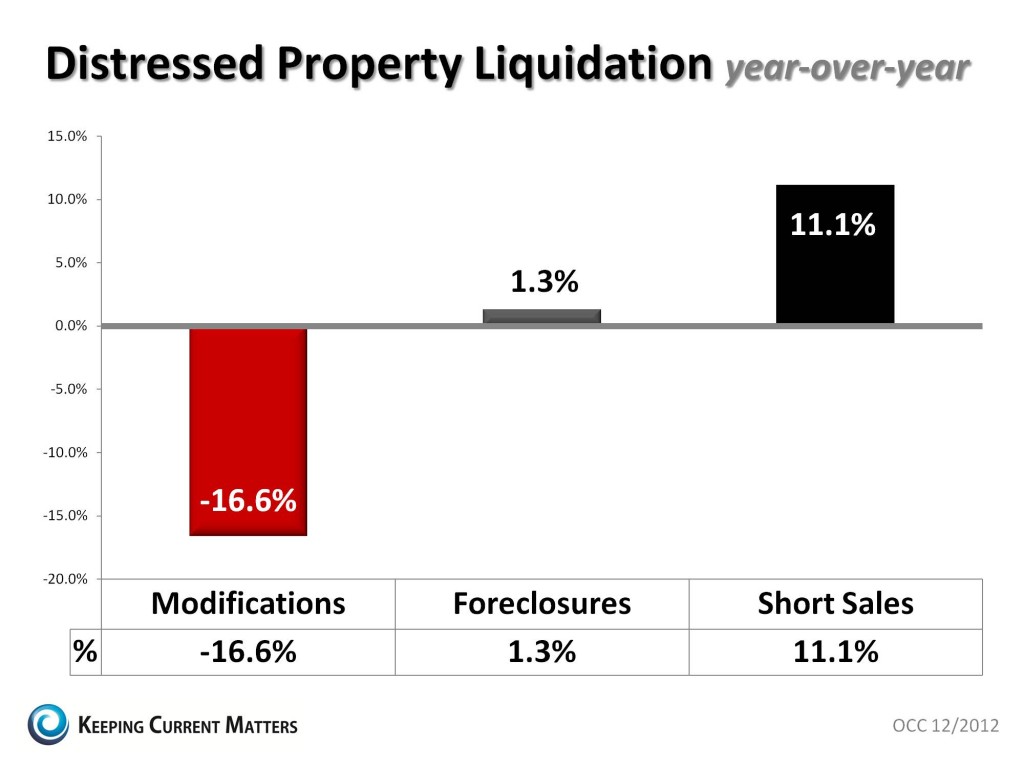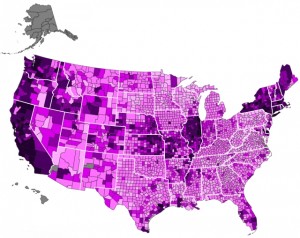 Many analysts differ on what impact shadow inventory will have on house values in 2013. Some warn that these distressed properties will still play a major role in limiting appreciation. Others believe that the increases in buyer demand will more than offset the increase in supply. The only thing on which everyone agrees is that there will be millions of distressed properties that will need to be liquidated over the next few years. How these properties are handled will have an effect on the impact they will have on values.
Many analysts differ on what impact shadow inventory will have on house values in 2013. Some warn that these distressed properties will still play a major role in limiting appreciation. Others believe that the increases in buyer demand will more than offset the increase in supply. The only thing on which everyone agrees is that there will be millions of distressed properties that will need to be liquidated over the next few years. How these properties are handled will have an effect on the impact they will have on values.
According to the National Association of Realtors, foreclosures sell at a 20% discount while a short sale sells at a 16% discount. Therefore, a short sale has less of a negative impact on prices compared to a foreclosure. Obviously, if the mortgage is modified, no sale takes place and there is no impact on surrounding home prices.
The U.S. Treasury Department just issued their latest OCC Mortgage Metrics Report which reports on how these distressed properties are currently being handled. Here is a graph showing how these properties are being processed now as compared to a year ago.
 source: KCM
source: KCM







